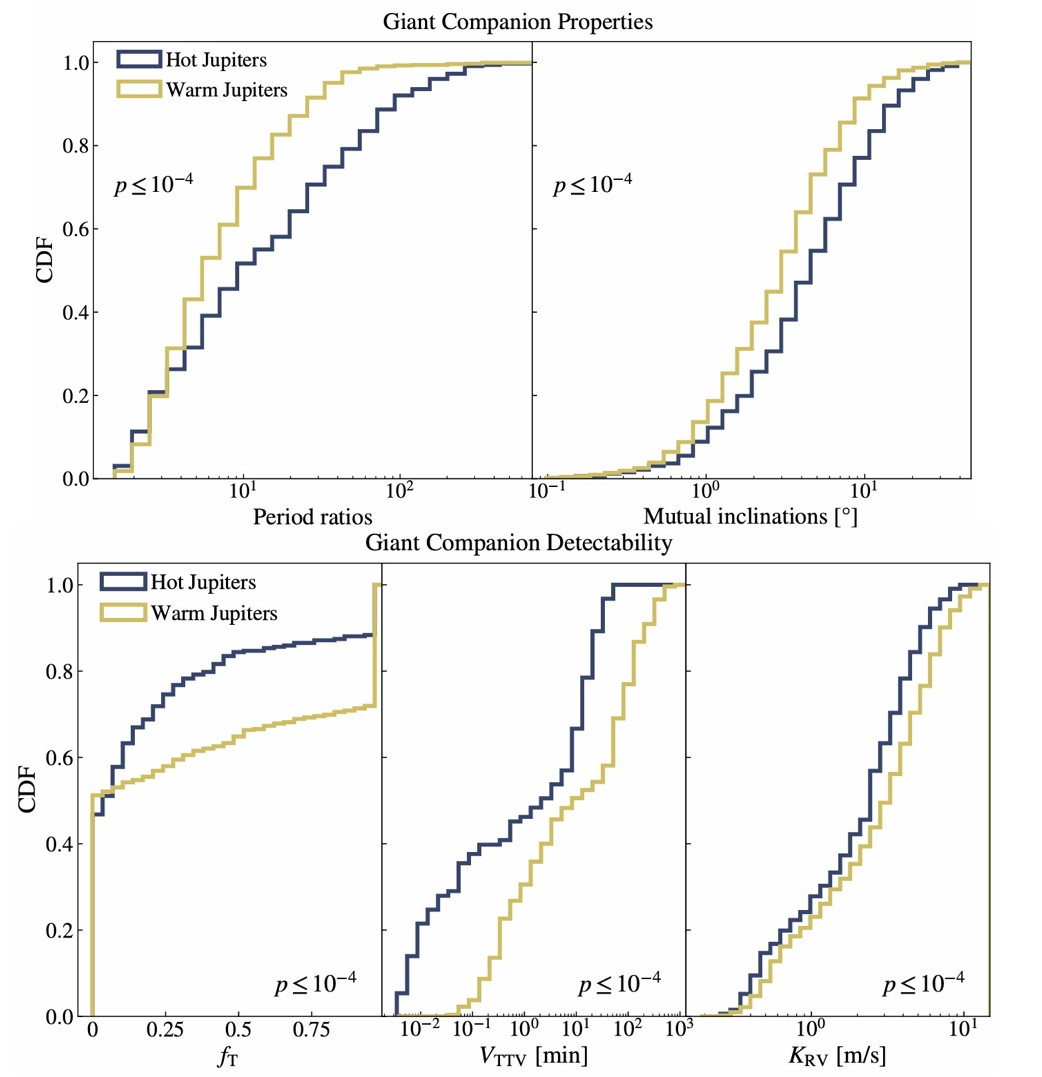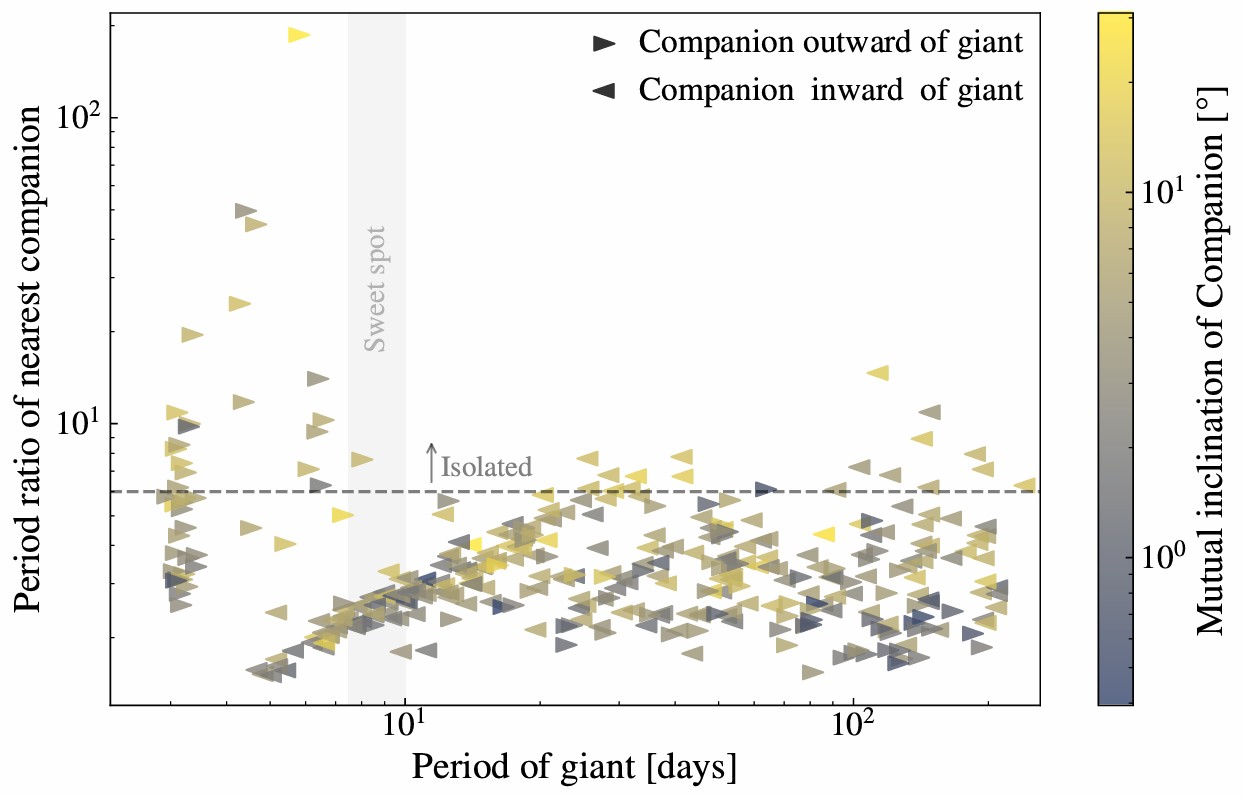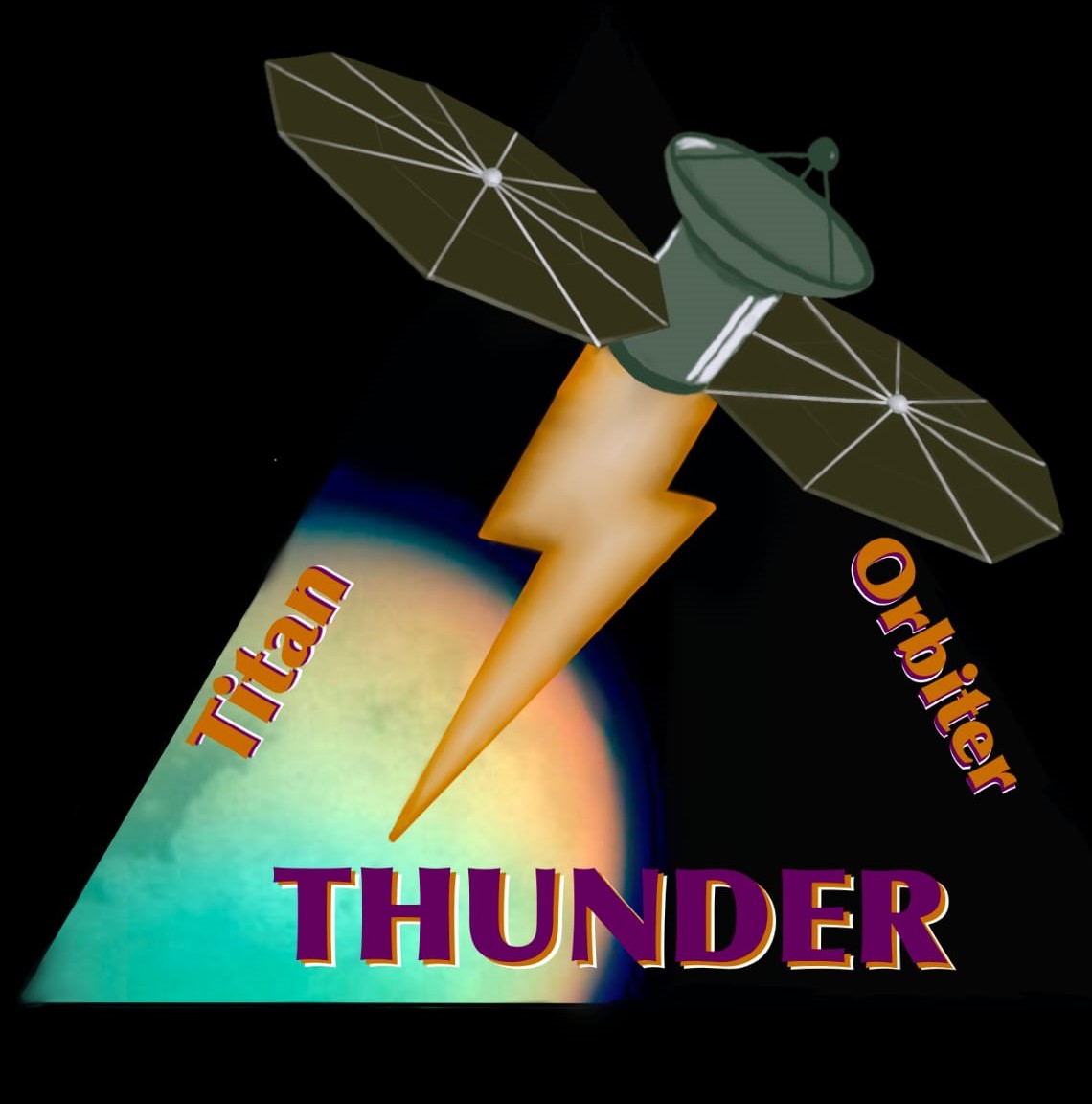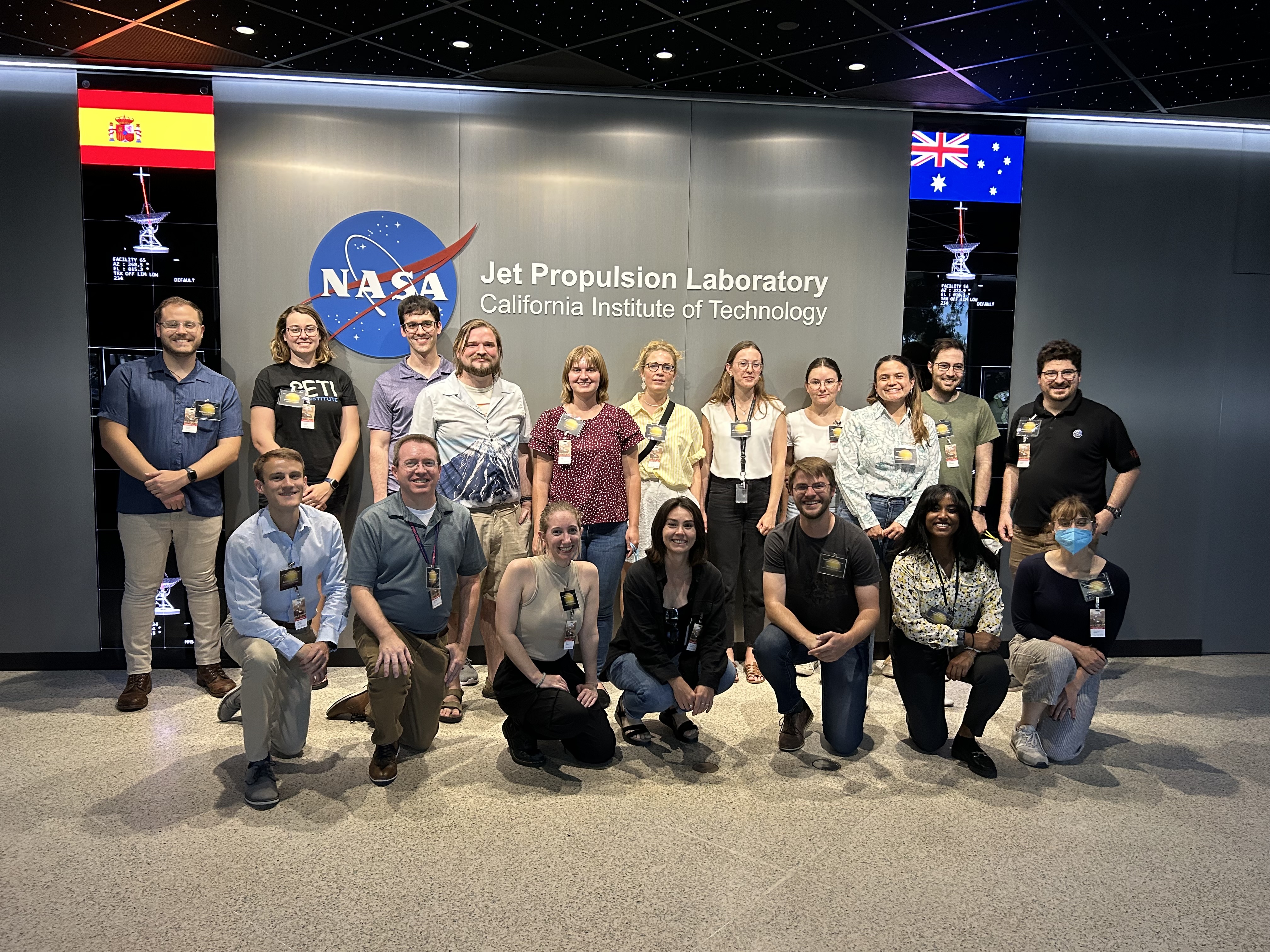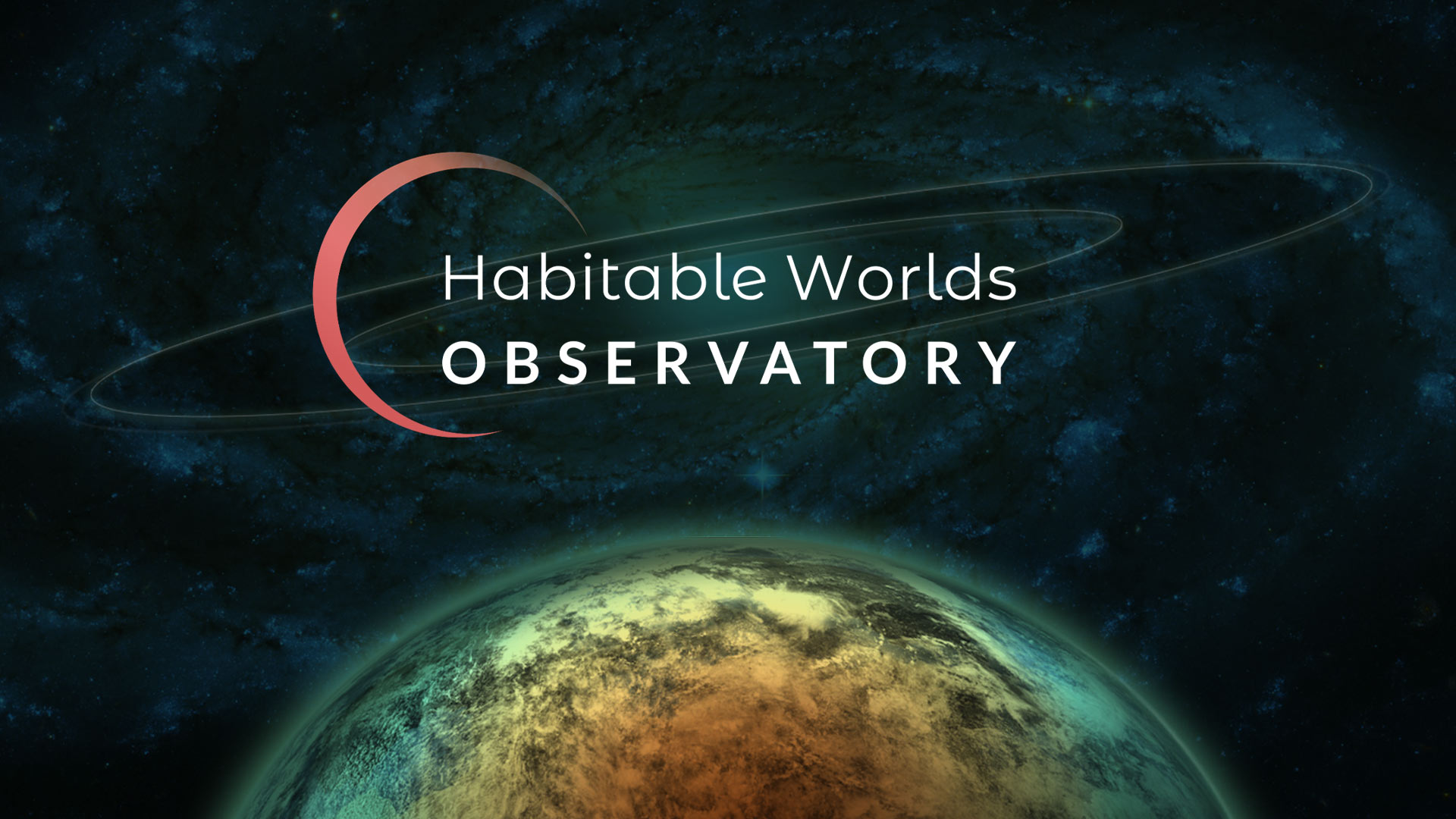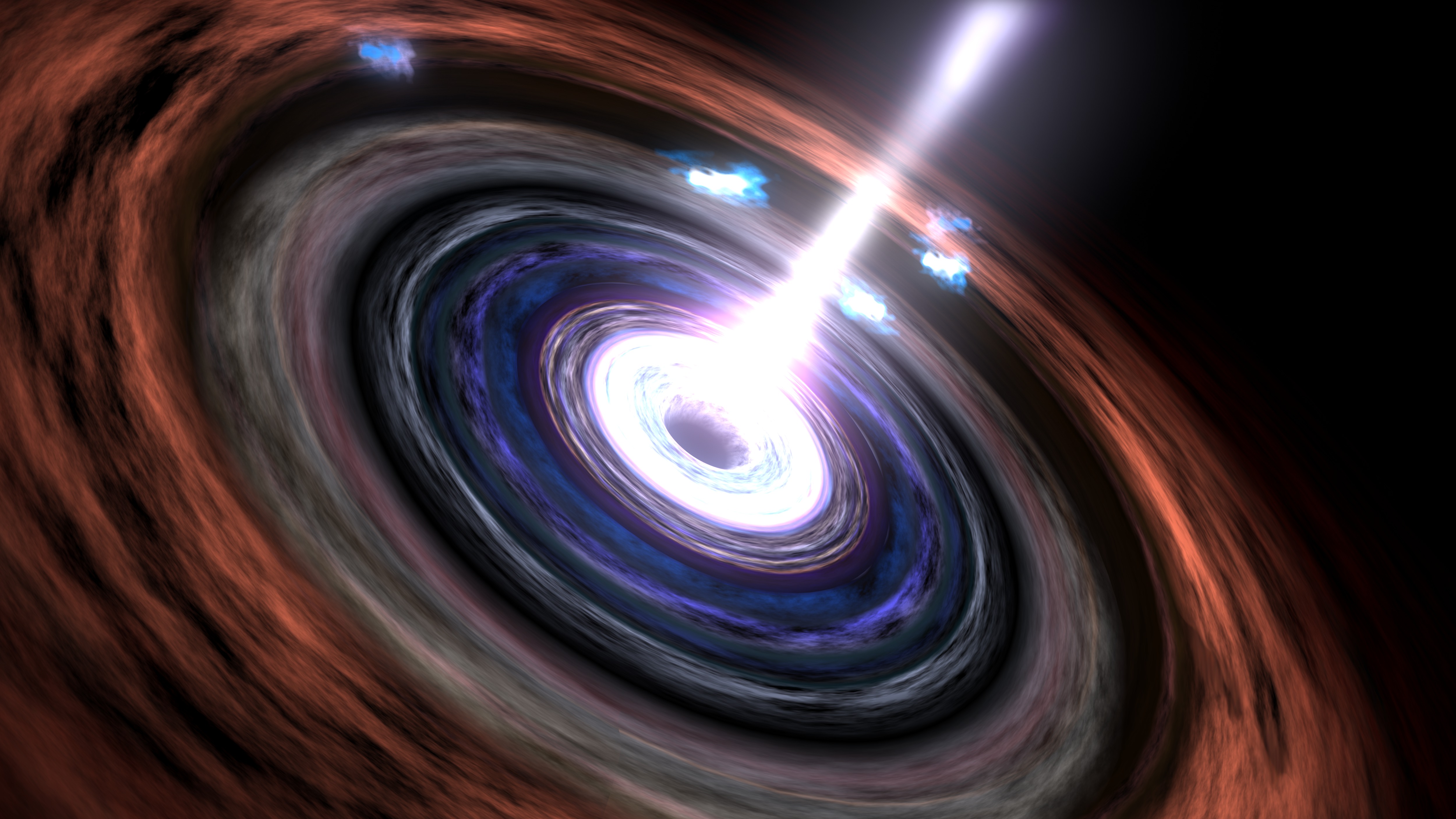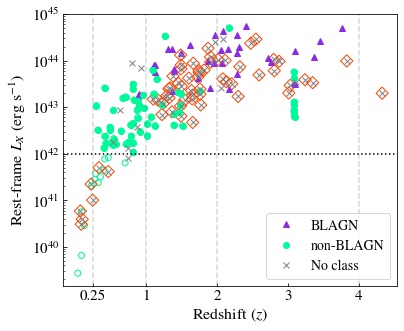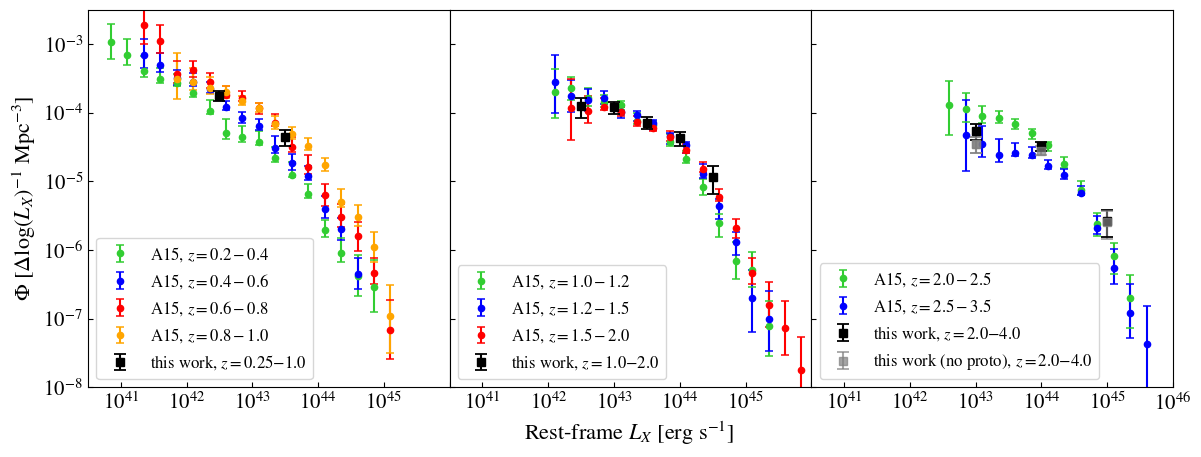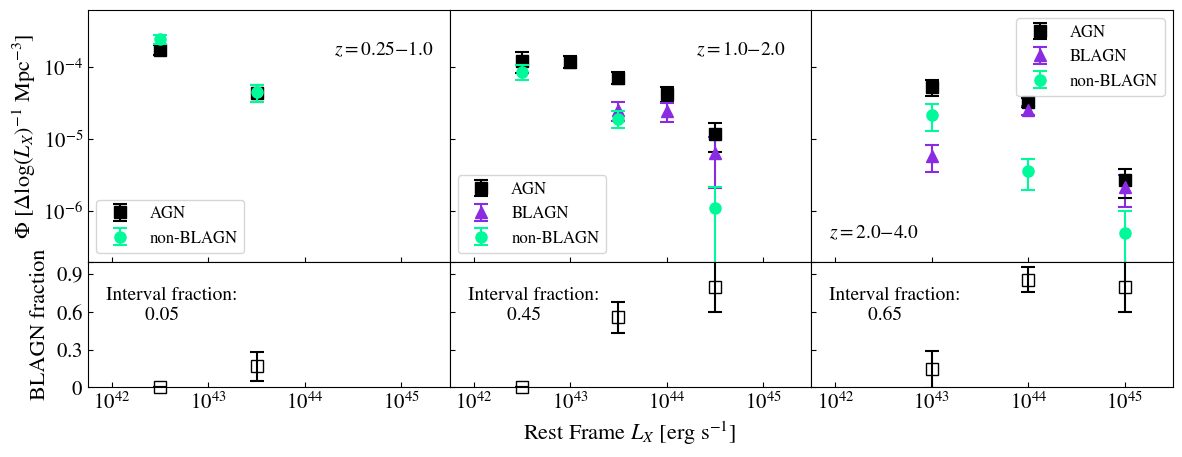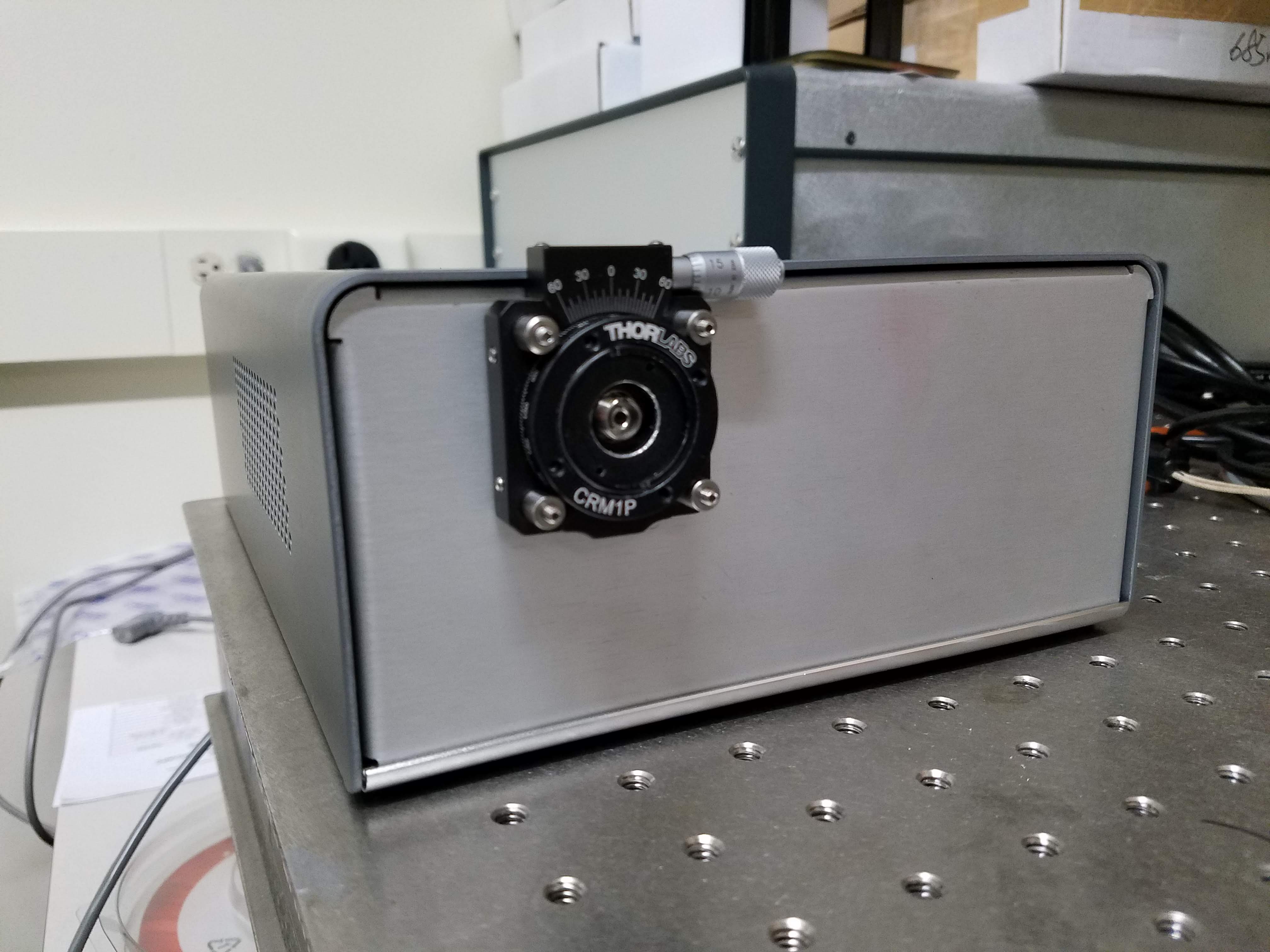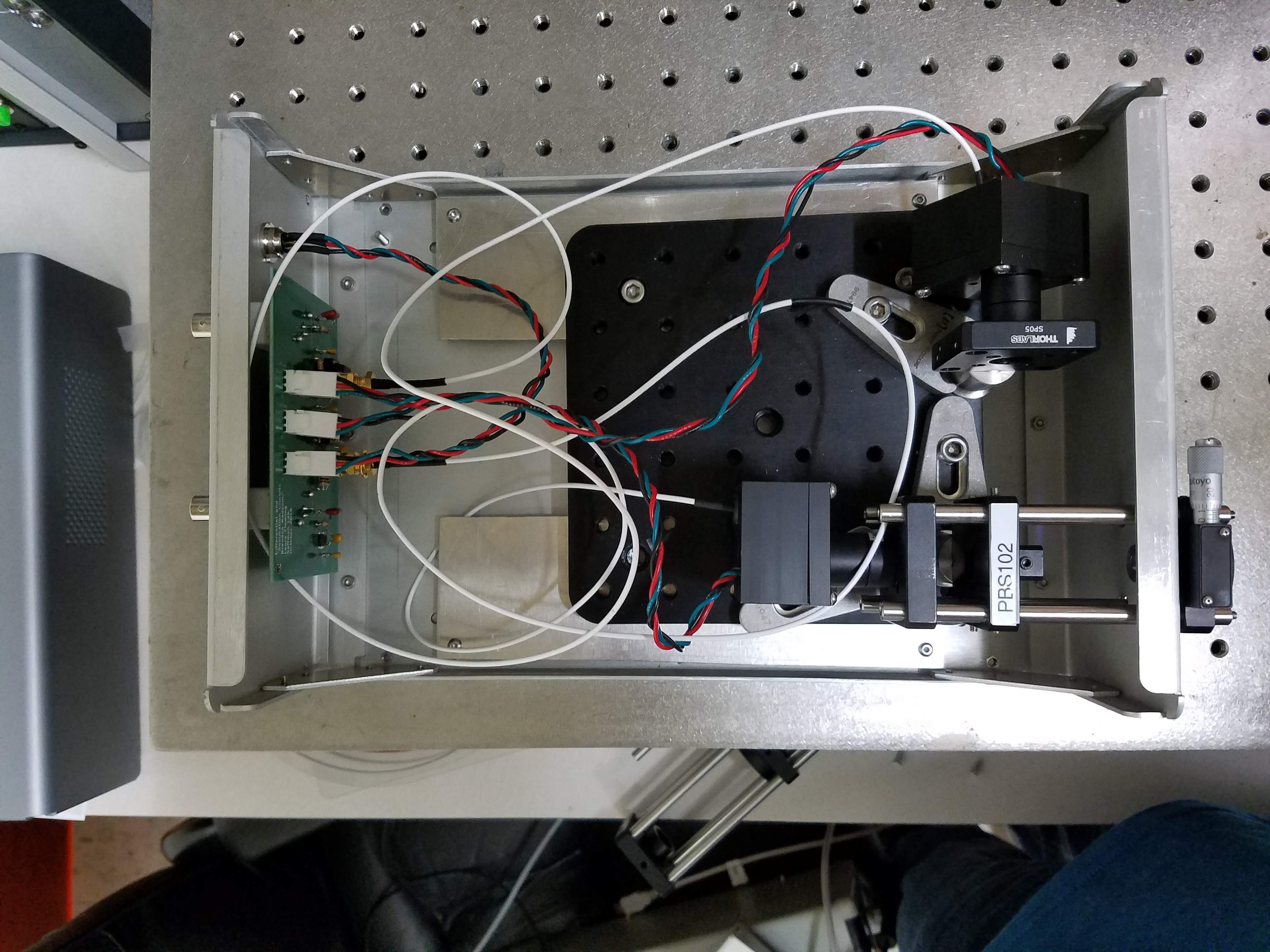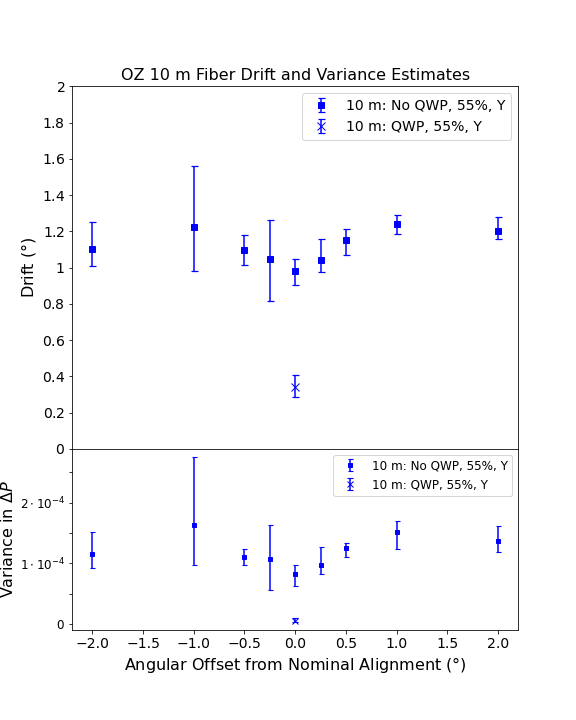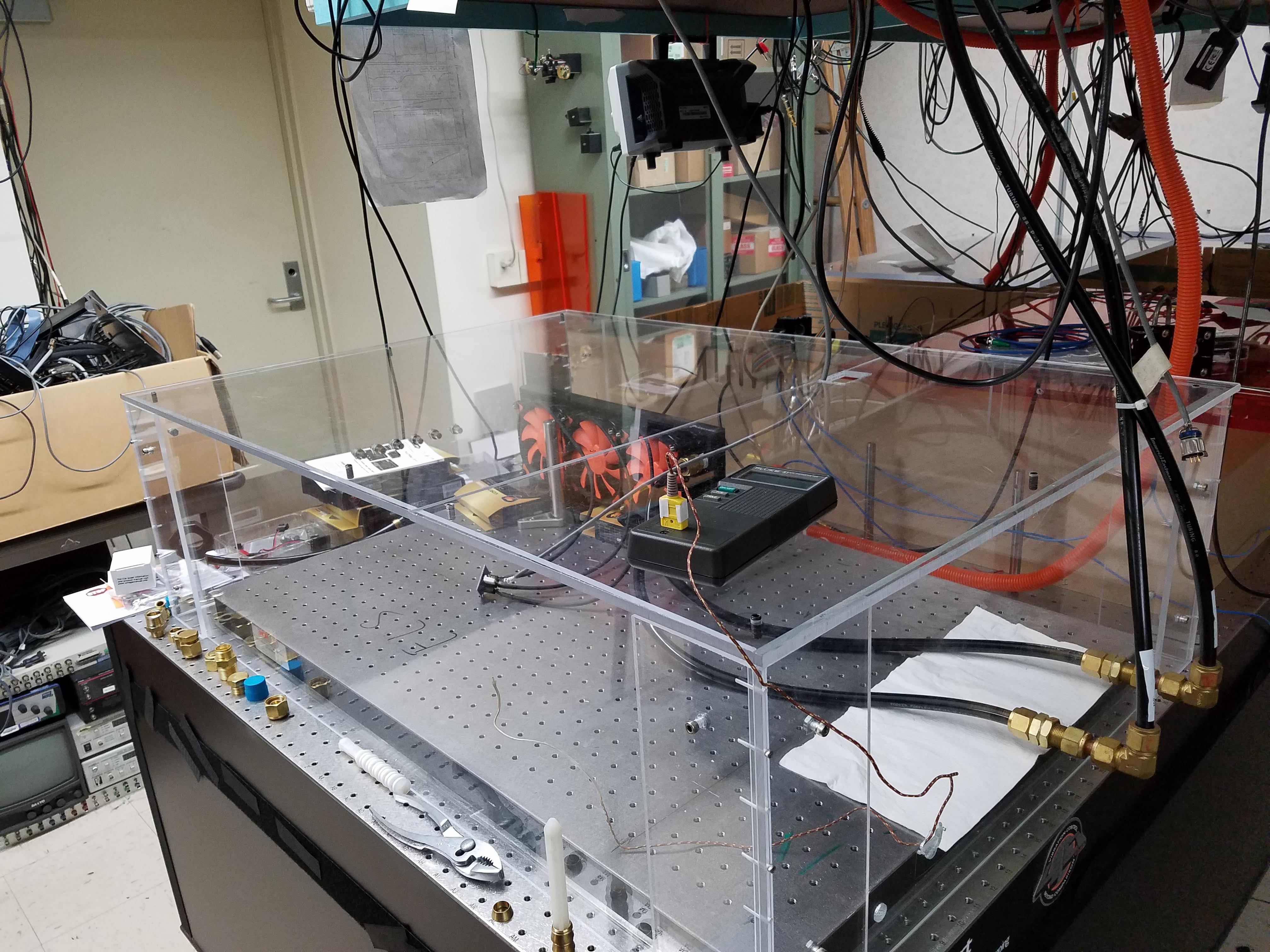Dynamical Origins of Short-Period Giants
2021-Present
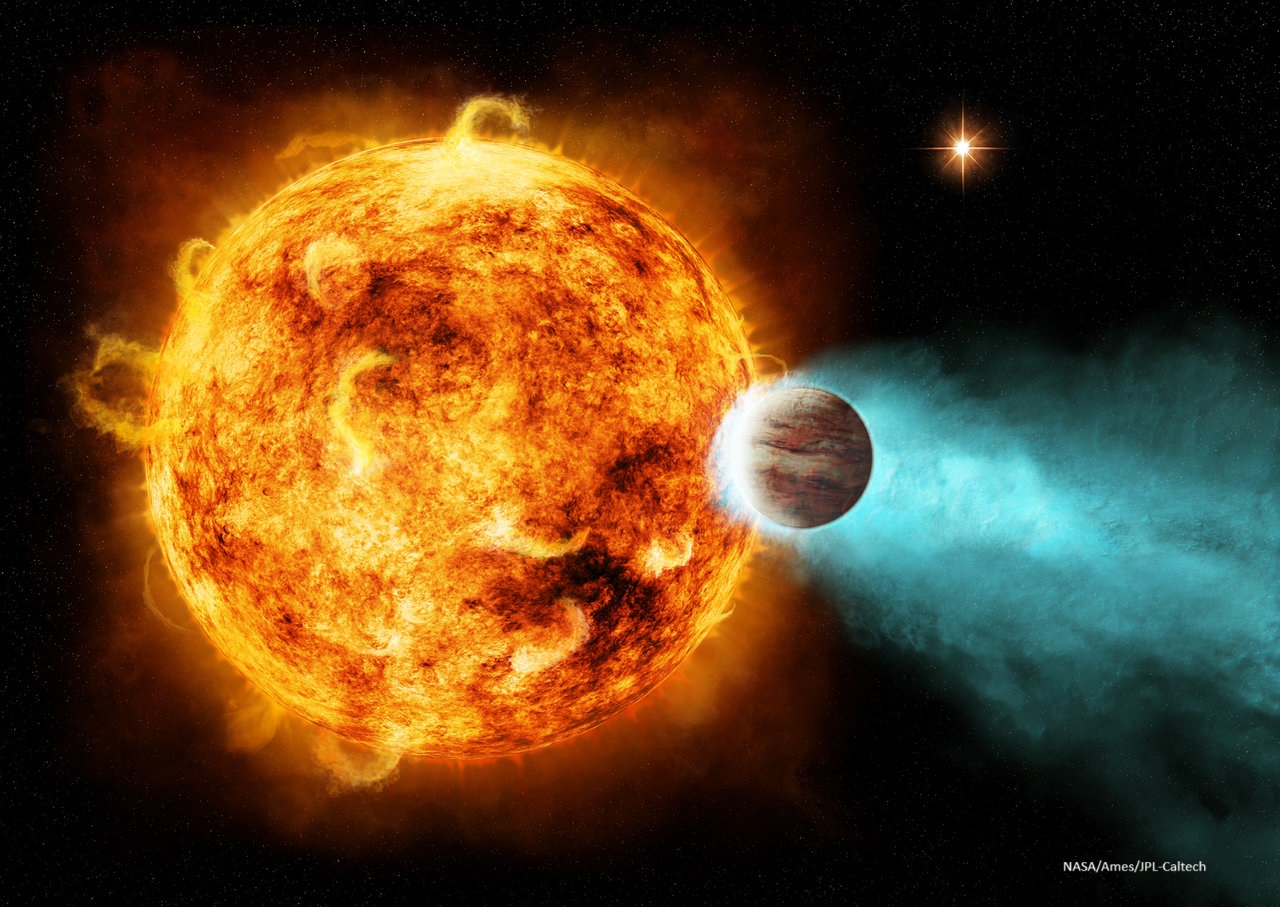
Since the discovery of 51 Pegasi b in 1995, exoplanet scientists have been puzzled by the existence of gas giants on close-in orbits known as hot Jupiters. Various observational properties can be used to constrain their origins, such as their system architectures, and eccentricity and stellar obliquity distributions. Dedicated observational campagins over the past two decades have revealed that hot Jupiters are often isolated, lacking nearby planetary companions, and have large eccentricities and spin-orbit misalignments consistent with high-eccentricity migration triggered by violent dynamical evolution. However, a growing sample of hot Jupiters have been discovered to host nearby companions on low-mutual inclination and aligned orbits, suggesting that they have arrived at their current orbits via more quiescent mechanisms such as migration through the protoplanetary disk or perhaps in situ formation.
Curiously, the population of wider-orbiting counterparts to hot Jupiters, known as warm Jupiters, appear to have properties consistent with quiescent origins, and their somewhat less massive counterparts, known as hot sub-Saturns, may have properties intermediate to hot and warm Jupiters. In this context, my PhD dissertation research aims to investigate the origins of short-period giant planets through a combination of observational and numerical studies, which are detailed below.
Stellar Obliquity Measurements Via The Rossiter-McLaughlin Effect
Papers:
https://ui.adsabs.harvard.edu/abs/2025AJ....169..189R/abstract
https://ui.adsabs.harvard.edu/abs/2025AJ....169..189R/abstract
https://ui.adsabs.harvard.edu/abs/2024AJ....168..116R/abstract
https://ui.adsabs.harvard.edu/abs/2024AJ....168..116R/abstract
https://ui.adsabs.harvard.edu/abs/2023ApJ...959L...5L/abstract
https://ui.adsabs.harvard.edu/abs/2023ApJ...959L...5L/abstract
https://ui.adsabs.harvard.edu/abs/2022ApJ...926L...8W/abstract
https://ui.adsabs.harvard.edu/abs/2022ApJ...926L...8W/abstract
Stellar obliquity, or the angle between the stellar spin axis and the orbit normal axis of its planet(s), is a unqiue and informative indicator of a system's dynamical history. Despite decades of effort, it remains unclear whether the primary mechanism driving spin-orbit misalignment is a universal process that takes place during formation with the protoplanetary disk present or an evolution-specific process that occurs in post-disk phase, perhaps due to the violent dynamics inherent to high-eccentricty migration. In the latter case, misalignment may largely be confined hot Jupiters and hot Saturns. Compact multi-planet systems offer a unique opportunity to differentiate between these competing hypotheses, as their tightly-packed configurations preclude violent dynamical histories, including high-eccentricity migration, allowing them to trace the primordial disk plane.
The Rossiter-McLaughlin (RM) effect (Holt 1893, Rossiter 1924, McLaughlin 1924), which takes advantage of the time-resolved spectral distortion from an actively transiting or eclipsing body, presents a reliable method to determine a system's projected spin-orbit angle. With additional information on the stellar inclination, the true 3D stellar obliquity can be derived as well.
Hot Jupiters in Compact Multi-planet Systems

TOI-5143 c is a hot Jupiter in a compact multi-planet system recently discovered by NASA's Transiting Exoplanet Survey Satellite (TESS) mission and confirmed by Quinn et al., in prep., and is only the third of such systems to have its stellar obliquity measured. In my recent analysis of this system, we employ Bayesian Inference and the Doppler Shadow technique to measure its stellar obliquity via the RM effect, finding it is well-aligned. Our result continues the trend of alignemnt seen in previous spin-orbit measurements for other hot Jupiters with nearby companions (e.g., WASP-47 b and WASP-84 b), as well as the current census of RM measurements for compact multi-planet systems. This reinforces the hypothesis that planetary systems are largely primordially aligned, with misalignments being acquired in the post-disk phase due to dynamical evolution. Further, our measurement demonstrates that some hot Jupiters must have quiescent origins, having avoided achieving the large eccentricities that would have otherwise destroyed their companions and/or excited their obliquities during their path to their close-in orbits.
Sub-Saturns in Compact Multi-planet Systems
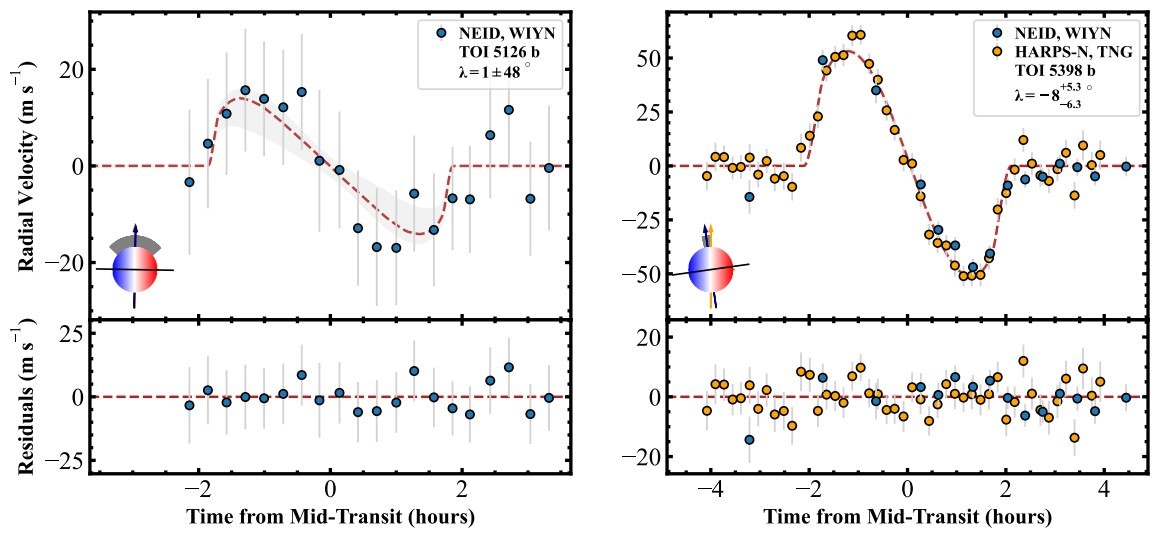
Sub-Saturns, with masses intermediate of Neptune and Jupiter, represent an interesting population to study both the origins of giant planets and the mechanisms driving misalignment. Using the radial velocity anomaly of the RM effect, we measured the stellar obliquity for two close-in sub-Saturns in compact multiple-transiting systems: TOI-5126 b and TOI-5398 b. Both are spin-orbit aligned, joining a fast-growing group of just three other compact sub-Saturn systems, all of which exhibit spin-orbit alignment. Our obliquity measurements allow the first statistical analyses to be run on the stellar obliquities of close-in sub-Saturns, and we perform a random shuffling procedure to verify that the preferential alignment of compact sub-Saturns is statistically significant (to 2.6σ). Our results strongly suggest that sub-Saturn systems are primordially aligned and become misaligned largely in the post-disk phase, as appears to be the case increasingly for other exoplanet populations.
